In a world of increasingly globalized cuisine, some foods remain delightfully peculiar to their places of origin. These distinctive dishes, from fermented delicacies to unusual animal parts, offer a window into local cultures and traditions.
Join us on a gastronomic journey through some of the world’s most unusual edibles you can only sample in their native lands.
Hákarl in Iceland
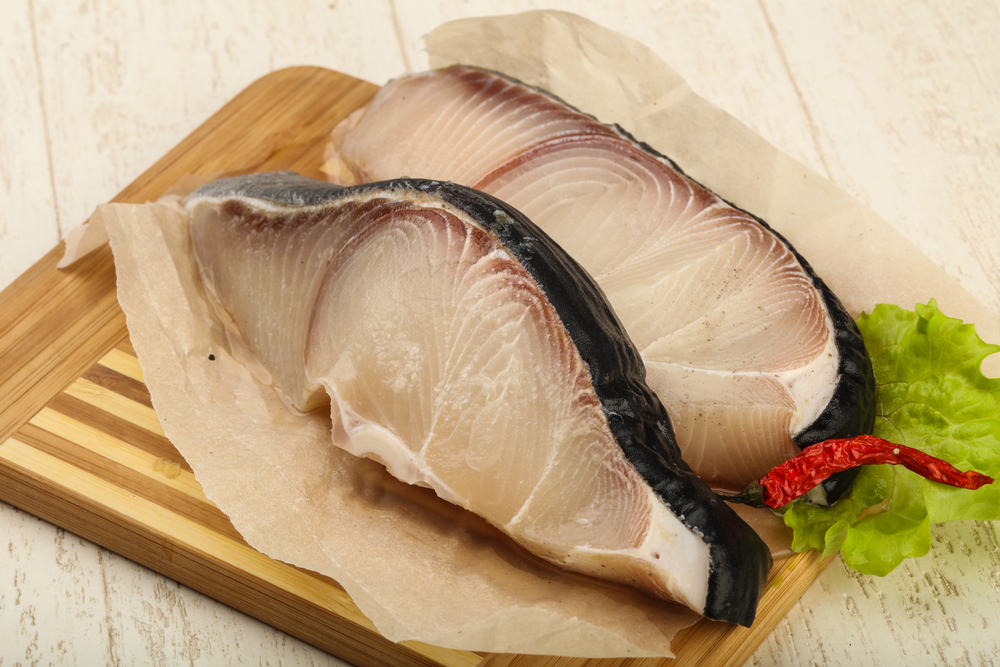
The infamous fermented Greenland shark stands as Iceland’s most notorious culinary challenge. The preparation involves burying the toxic shark meat for several months until it becomes safe.
The resulting ammonia-rich aroma and intense flavor make this traditional dish a true test of courage for adventurous eaters.
Balut in the Philippines

These fertilized duck eggs containing partially developed embryos represent a beloved street food in Filipino culture. The eggs are carefully incubated for 14-21 days before being boiled and served with salt and vinegar.
Locals consume them straight from the shell, appreciating both the soup-like liquid and the developing duckling inside.
Like Travel Pug’s content? Follow us on MSN.
Casu Marzu in Sardinia
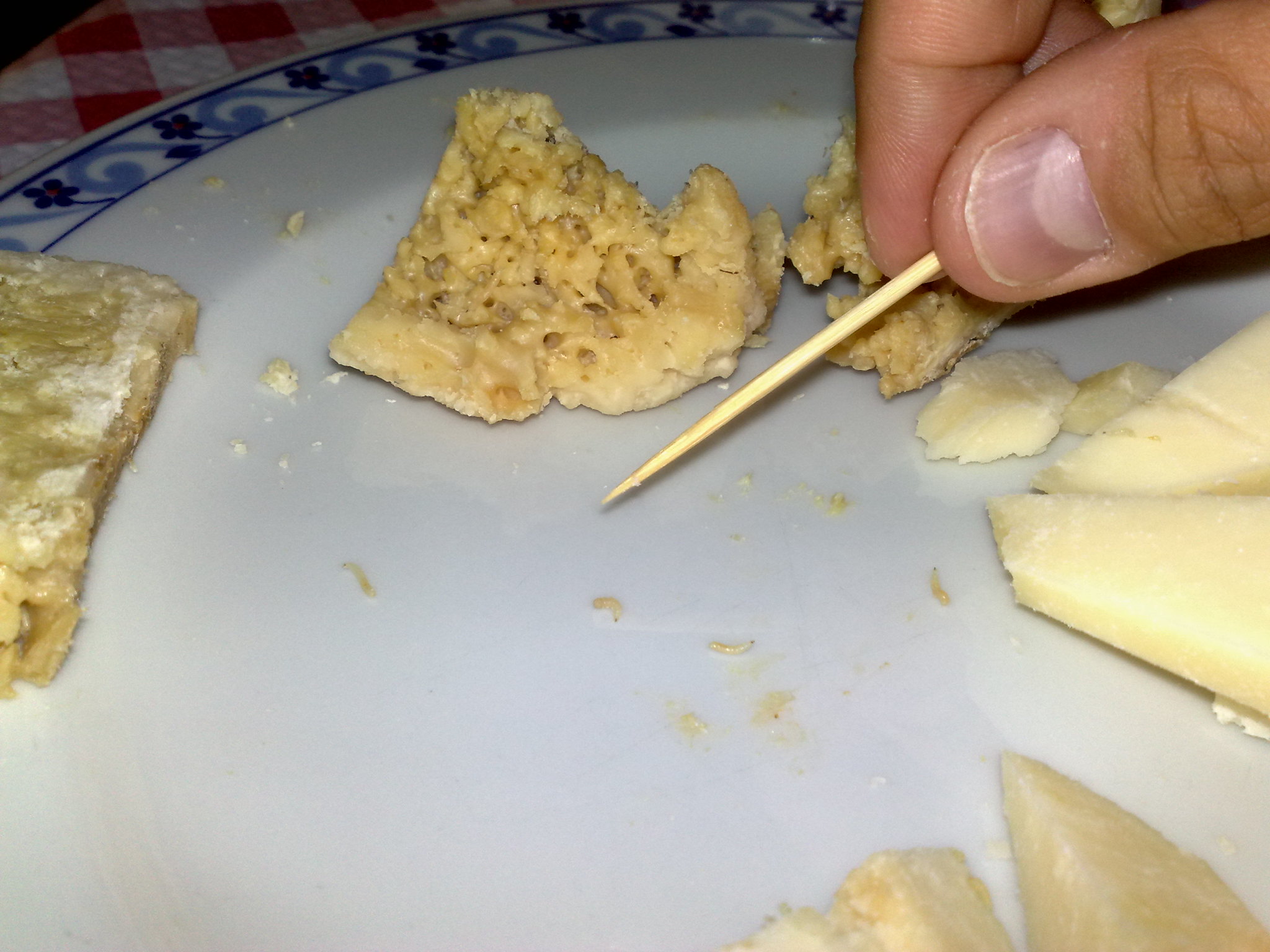
This controversial Sardinian sheep milk cheese achieves its distinct character through controlled decomposition by cheese fly larvae. The live maggots enhance fermentation and create the cheese’s signature creamy texture. Although the consumption of this cheese remains technically illegal, it continues as a cherished tradition among locals.
Fugu in Japan
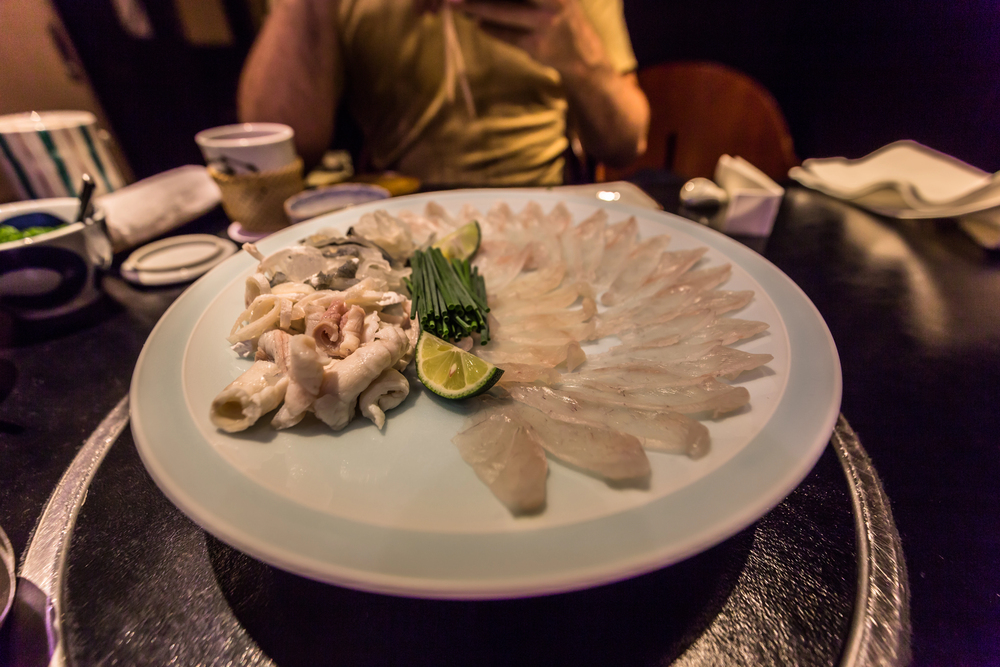
This potentially lethal pufferfish requires extensive training and licensing to prepare safely in Japanese restaurants. Only specialized chefs who undergo years of rigorous training can obtain certification to serve this delicacy.
The fish contains tetrodotoxin, which can be fatal if improperly prepared.
Surströmming in Sweden
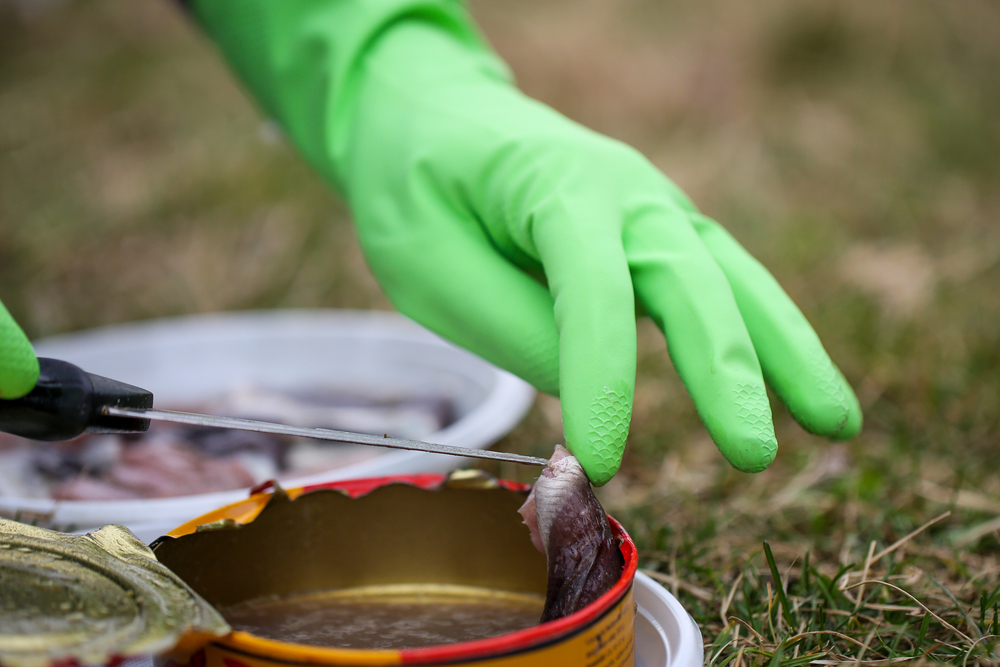
This fermented Baltic Sea herring produces what many consider the world’s most pungent food odor. The fish ferments in barrels for several months, developing its strong smell and acidic taste.
Most Swedes traditionally consume it outdoors due to its overwhelming aroma.
Like Travel Pug’s content? Follow us on MSN.
Beondegi in South Korea
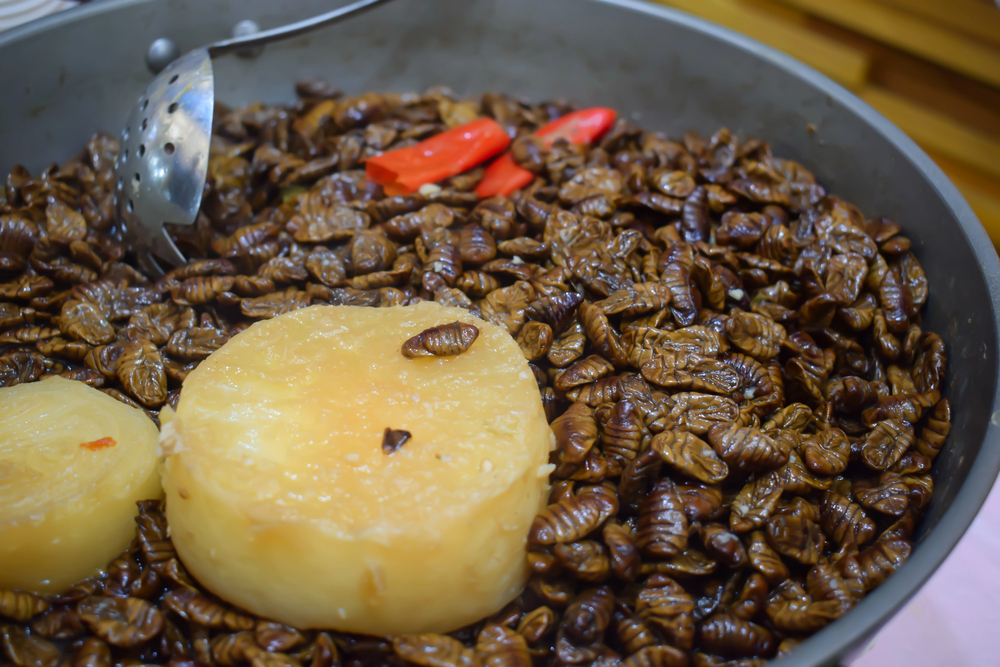
These steamed or boiled silkworm pupae are a popular street food throughout South Korean cities. They are seasoned with salt and served as a protein-rich snack in paper cups.
Their nutty, somewhat earthy flavor profile has made them a cultural favorite for generations.
Shirako in Japan
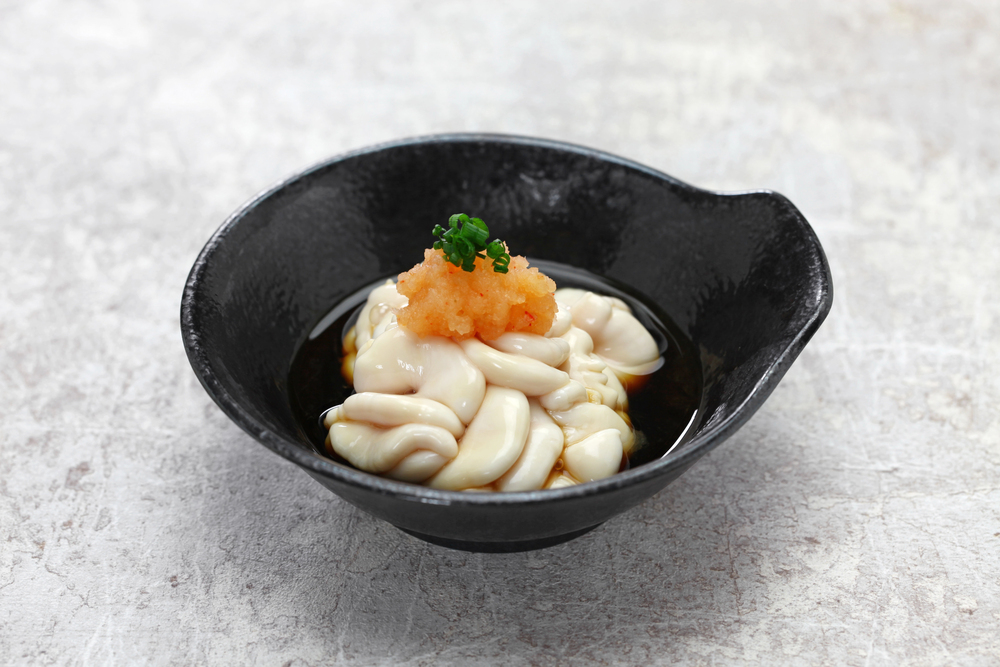
This delicate white milt consists of male codfish reproductive organs served raw or cooked in Japanese cuisine. The creamy texture and mild flavor make it a prized winter delicacy in high-end restaurants.
Chefs often serve it with ponzu sauce or incorporate it into hot pot dishes.
Escamoles in Mexico
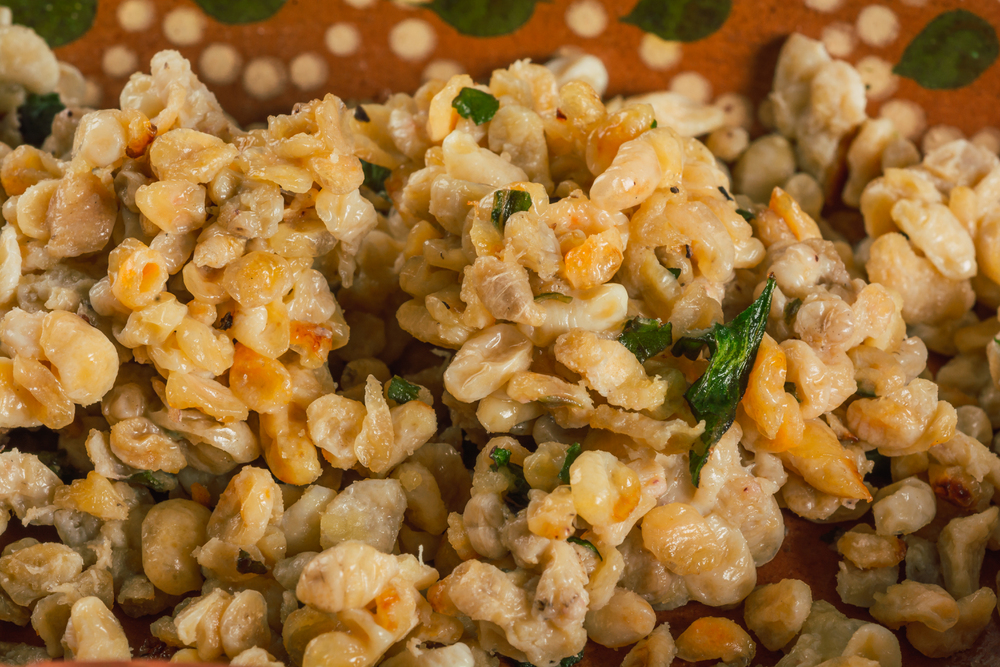
Ant larvae harvested from agave plant roots serve as ‘Mexican caviar’ in traditional cuisine. Indigenous peoples have collected these seasonal delicacies from specific ant species for centuries.
Their nutty, buttery flavor makes them a sought-after ingredient in upscale Mexican restaurants.
Like Travel Pug’s content? Follow us on MSN.
Durian in Southeast Asia
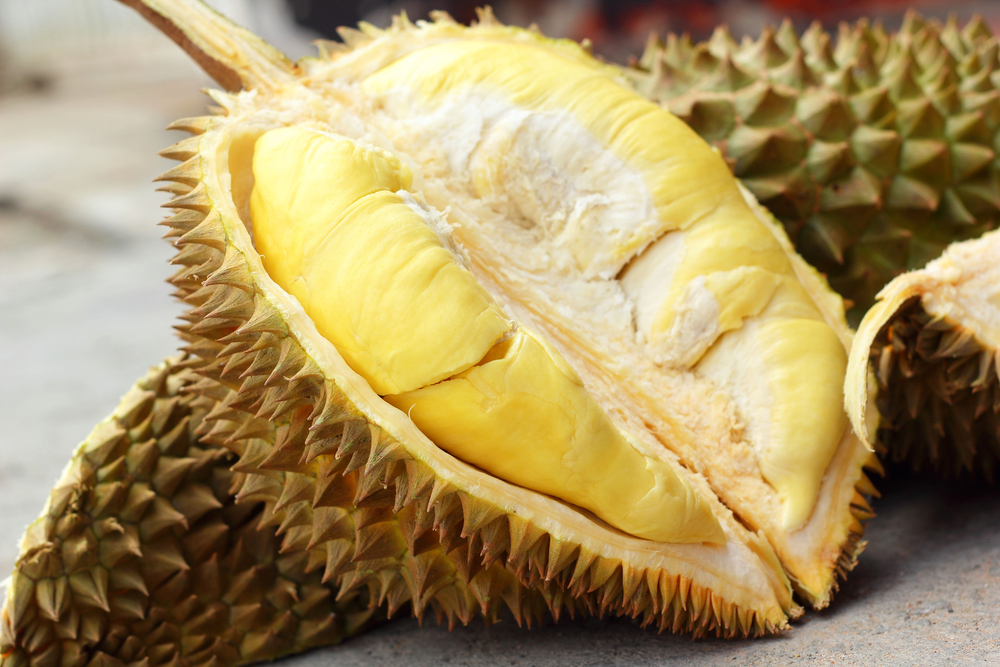
This notorious fruit’s intense aroma has led to its ban in many public spaces across Singapore and Malaysia. The spiky exterior protects a creamy flesh that inspires passionate devotion or disgust among tasters.
Local vendors must obtain special licenses to sell this controversial fruit in designated areas.
Haggis in Scotland
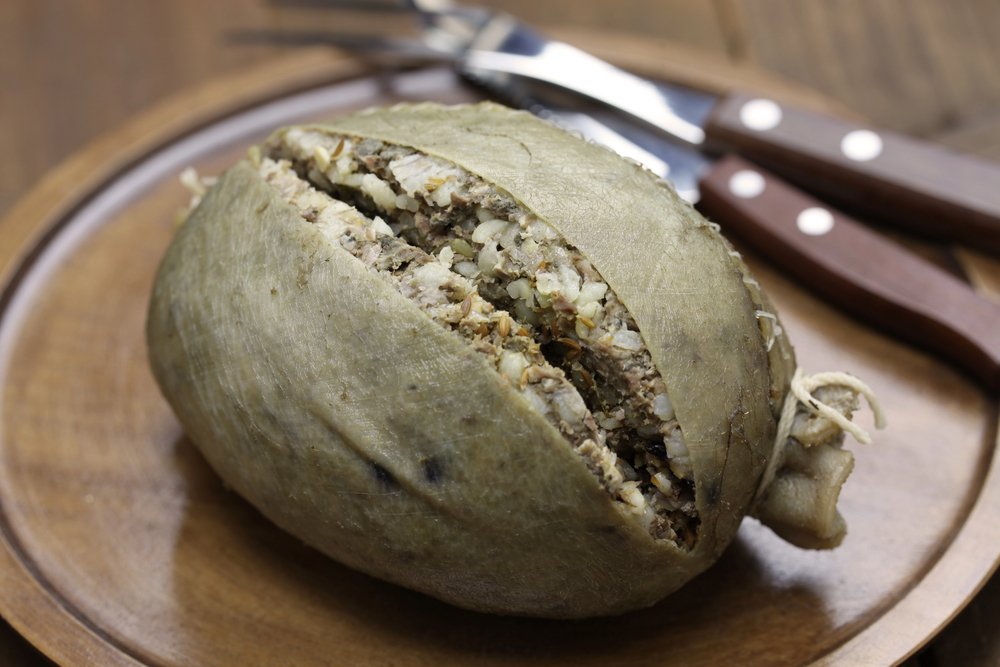
This traditional Scottish dish combines sheep organs, oats, and spices in a sheep’s stomach casing. The mixture requires careful preparation and specific timing for its distinctive texture and flavor.
Modern regulations have made authentic haggis impossible to find outside Scotland.
Kiviak in Greenland
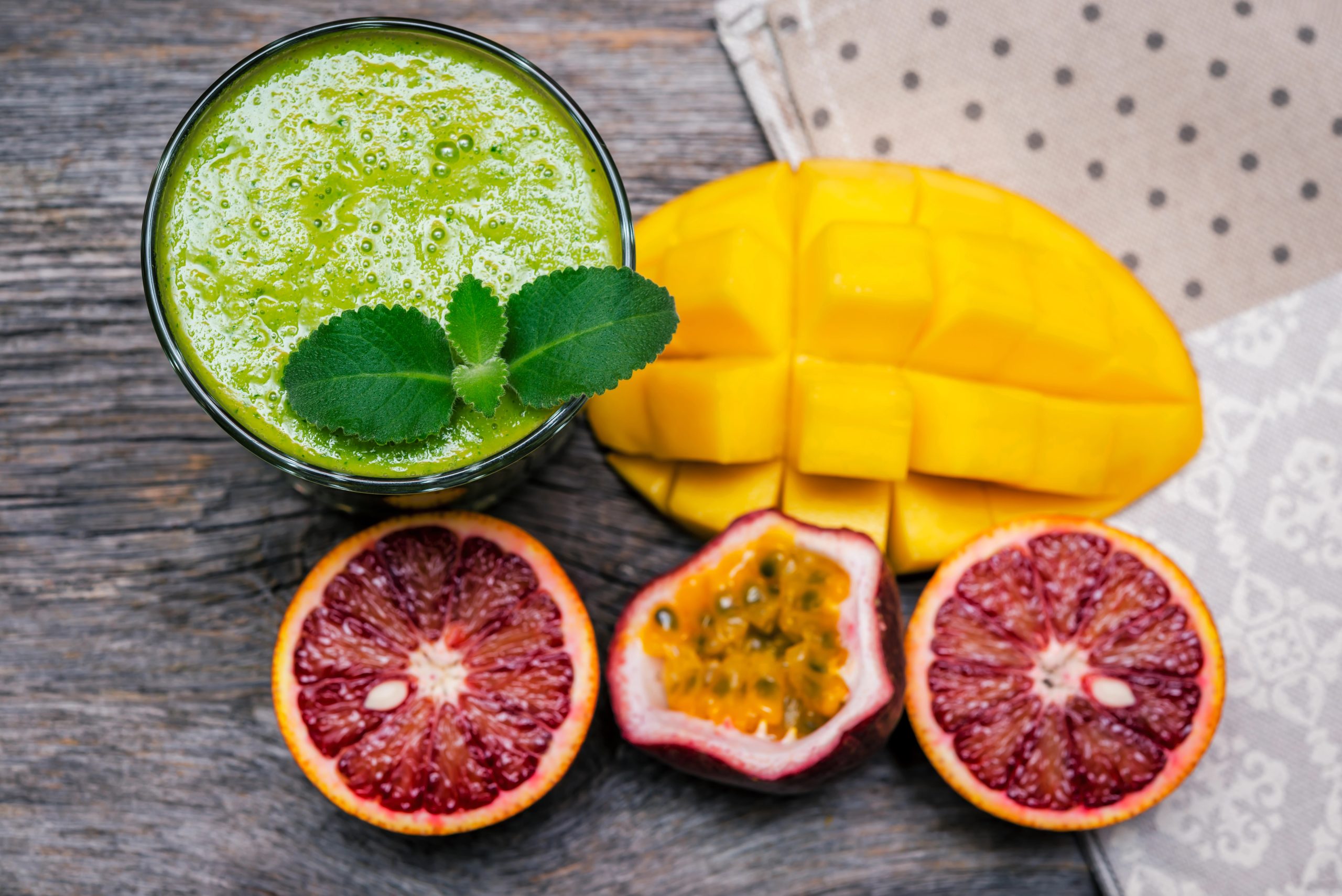
This traditional Inuit preparation involves fermenting hundreds of small arctic birds inside a seal skin. The process takes several months as the birds decompose in the airtight seal cavity.
Communities traditionally prepare this dish during the dark winter when fresh meat becomes scarce.
Like Travel Pug’s content? Follow us on MSN.
Sannakji in South Korea
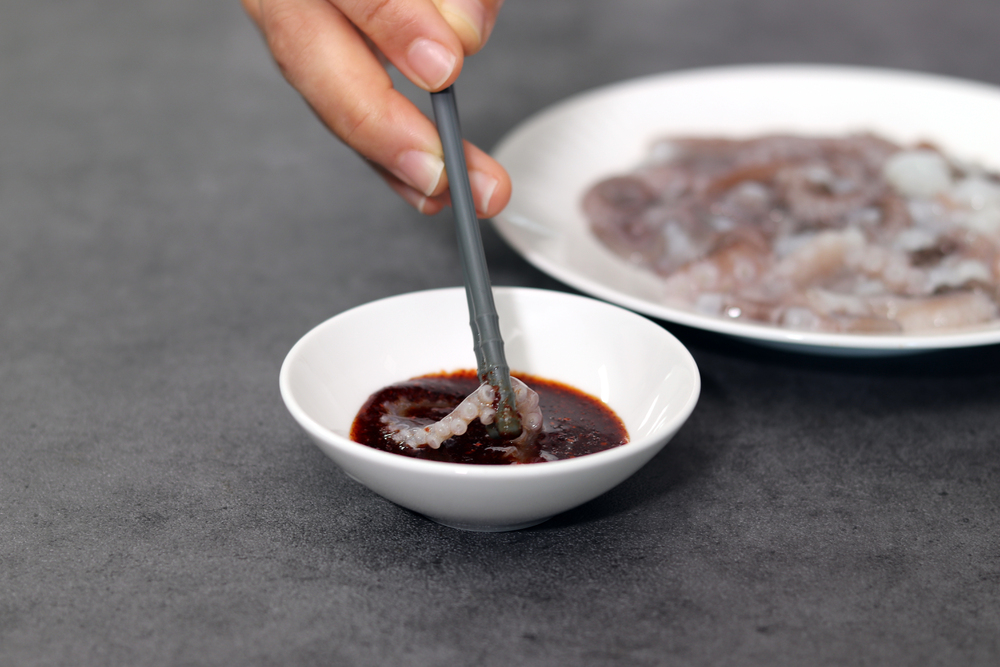
This dish of live octopus tentacles continues to move on the plate as it’s served to diners. The fresh octopus pieces are quickly prepared and dressed with sesame oil and seeds.
Careful chewing prevents the active suction cups from adhering to one’s throat.
Century Eggs in China

These preserved eggs develop their dark appearance and complex flavor over several months of curing. The process involves coating duck eggs in clay, ash, salt, and quicklime.
The resulting translucent dark green yolks and amber whites offer a unique umami experience.
Witchetty Grubs in Australia
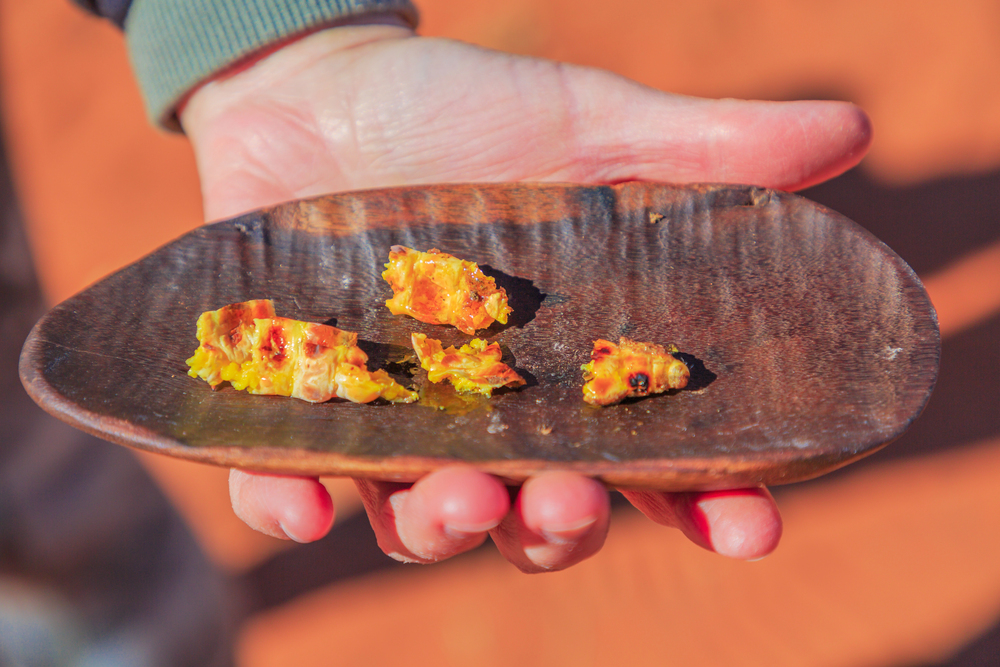
These large wood-eating larvae represent a traditional Aboriginal bushfood found in central Australia. The grubs live in the roots of certain Acacia species and offer high protein content.
Traditional harvesting methods require detailed knowledge of local ecology and seasonal patterns.
Like Travel Pug’s content? Follow us on MSN.
Lutefisk in Norway
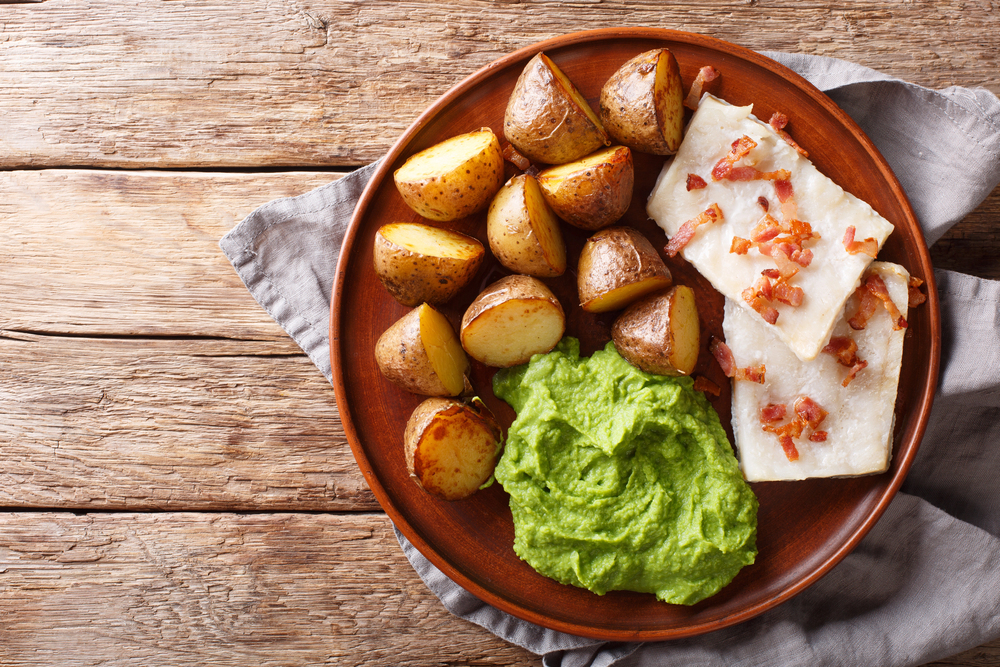
This gelatinous processed codfish develops its distinctive texture through treatment with lye. To make it safe for consumption, the preparation process requires several days of soaking and careful handling.
Norwegian Americans continue this tradition during holiday celebrations.
Airag in Mongolia
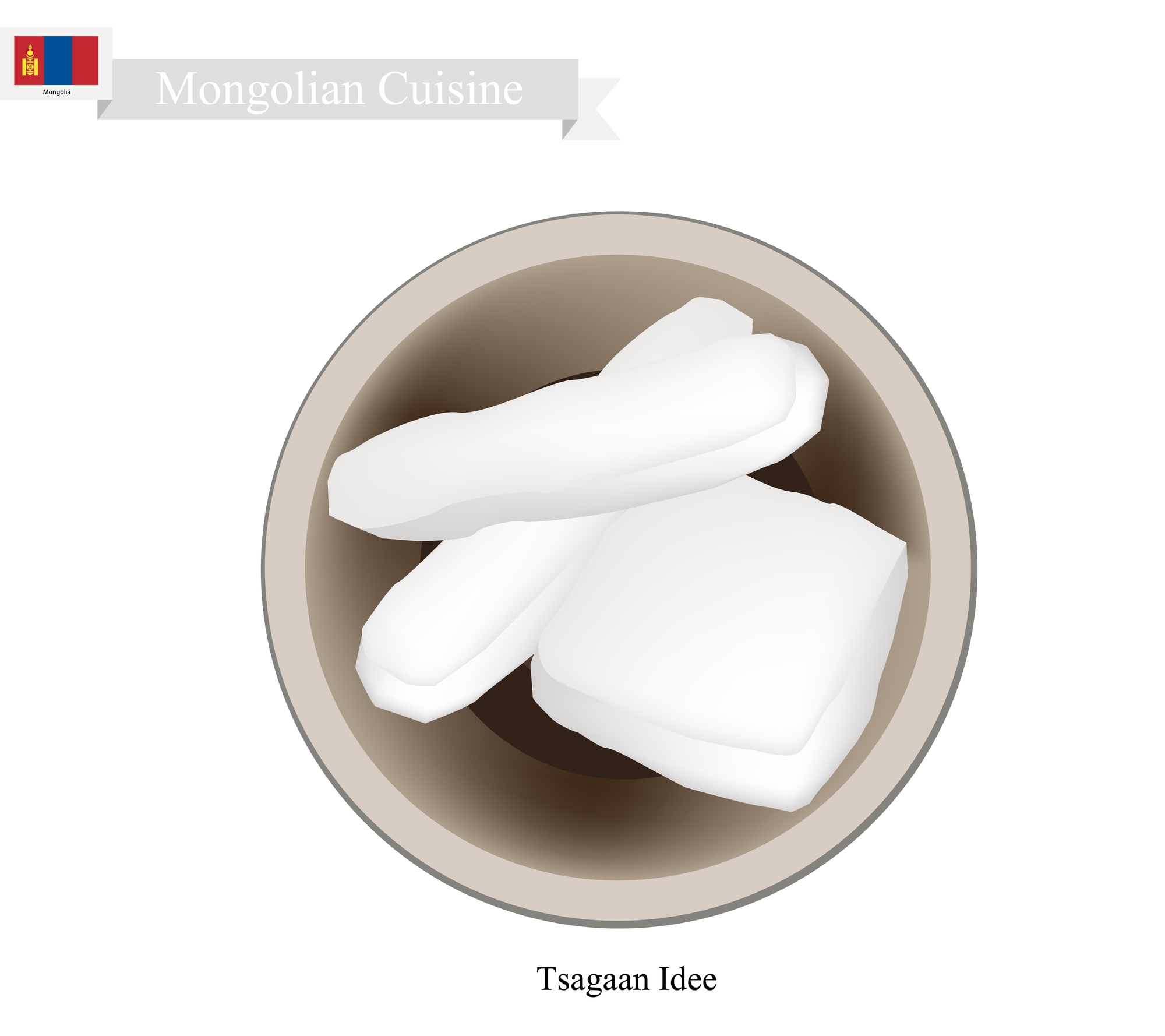
This fermented mare’s milk has a small alcohol percentage and is of significant cultural importance. Families traditionally prepare it during the summer months when mares are lactating.
The slightly sour, fizzy beverage requires constant stirring during fermentation.
Mopane Worms in Zimbabwe
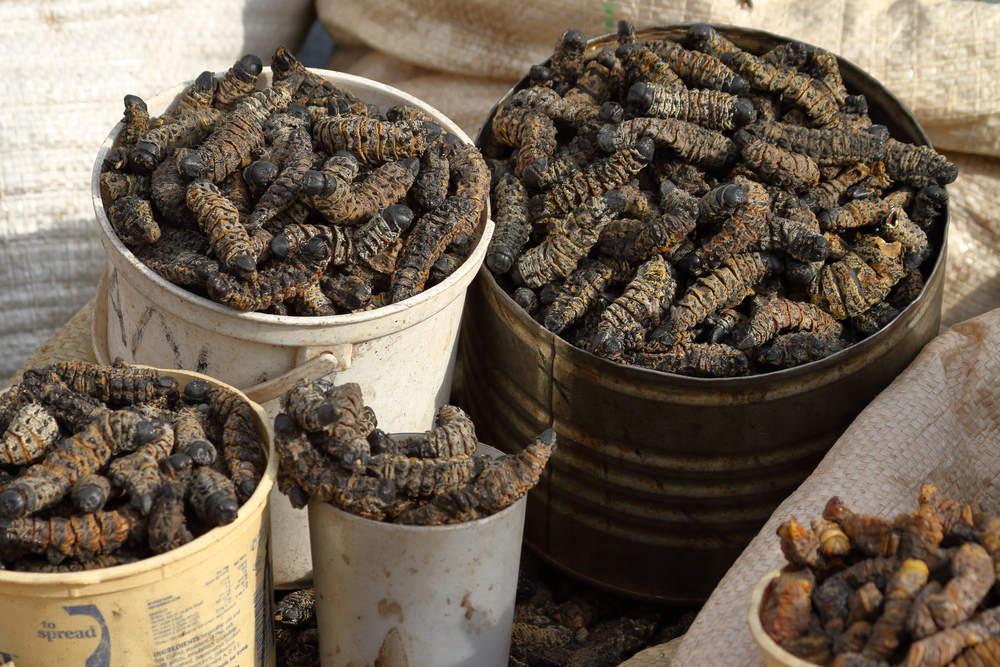
These large caterpillars of the emperor moth provide an important protein source in southern African diets. Harvesters carefully clean and dry the worms before cooking or preserving them.
Local markets sell them by weight as a nutritious and sustainable food source.
Like Travel Pug’s content? Follow us on MSN.
Tiet Canh in Vietnam
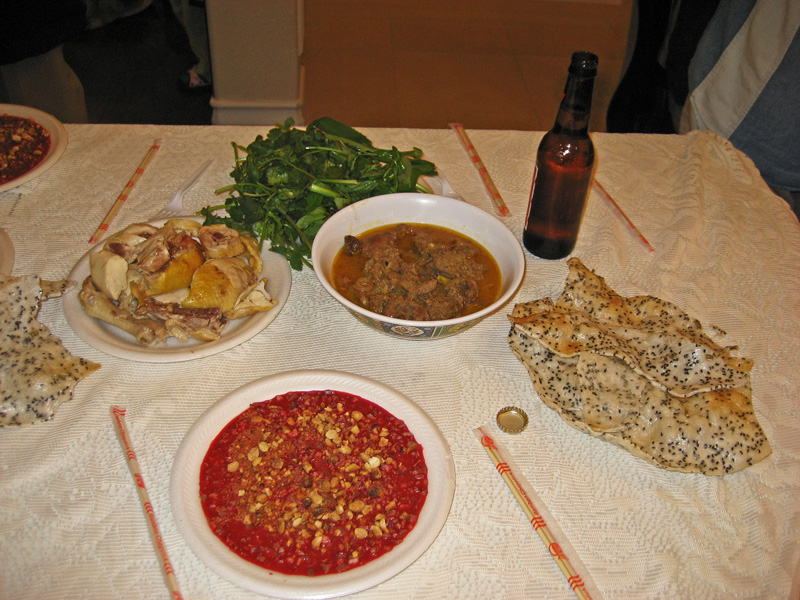
This raw duck blood soup is a traditional delicacy in certain regions of Vietnam. Freshly drawn blood is mixed with fish sauce and cooked herbs for immediate consumption.
Modern health concerns have made this dish increasingly rare, but it is still significant culturally.
Muktuk in Arctic Regions
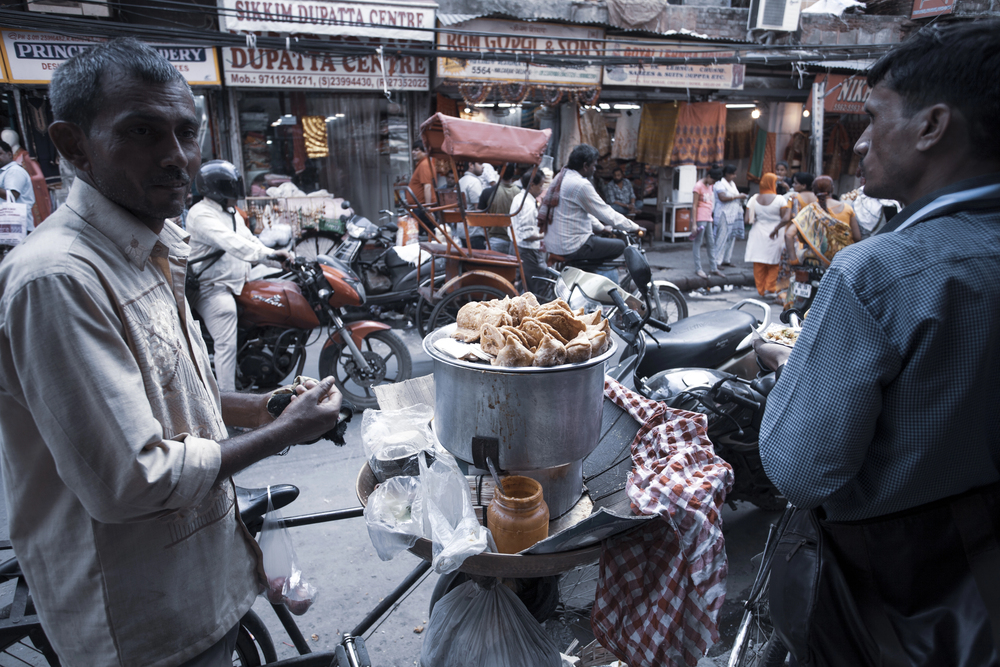
This traditional Inuit food consists of frozen whale skin and blubber sand served raw. The thick layers provide essential nutrients and energy in the harsh Arctic environment.
Different whale species produce distinctly different flavors and textures in the dish.
Fried Tarantulas in Cambodia
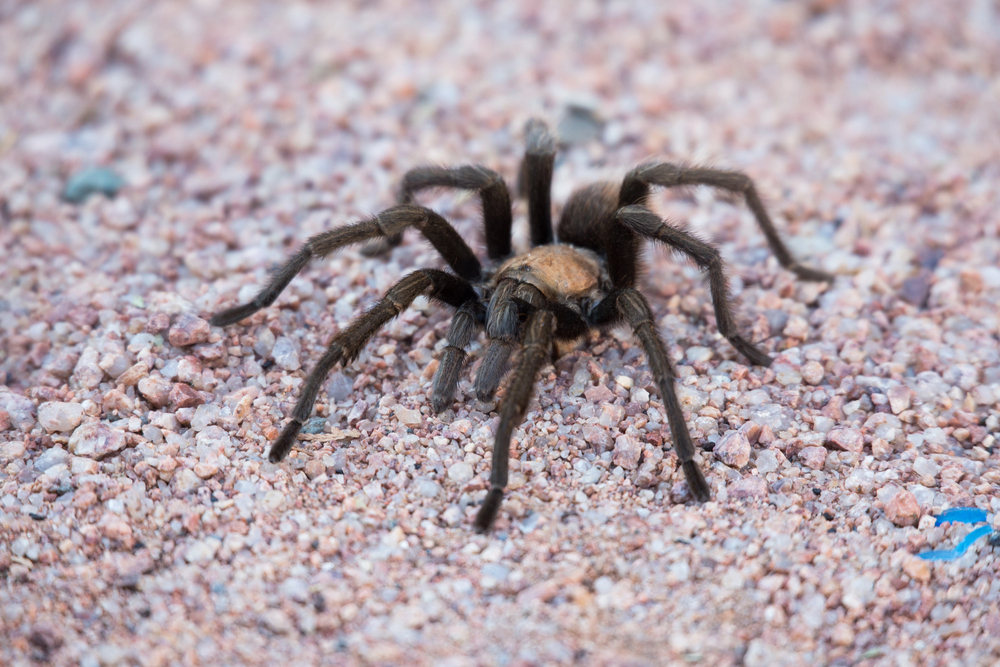
These deep-fried spiders emerged as a survival food during Cambodia’s difficult historical periods. Local vendors prepare them with precise timing to achieve the perfect crispy exterior.
The practice has evolved from necessity into a popular tourist attraction.
Like Travel Pug’s content? Follow us on MSN.
Your Next Food Adventure Awaits Discovery

Our global culinary landscape contains countless unique dishes that reflect local histories, traditions, and survival strategies. These 20 examples merely scratch the surface of the world’s diverse food cultures.
Remember that trying unfamiliar foods often requires an open mind and respect for local customs – your next memorable meal might just be waiting in an unexpected place.
More from Travel Pug

- 15 Dangerous European Cities to Avoid
- 15 Caribbean Islands Where Tourists Keep Getting Scammed
- The 20 Most Fascinating Abandoned Places: A Journey Through Time and Forgotten Spaces
- 15 Hidden Places in the Smithsonian Museums Locals Love: A Guide to Lesser-Known Treasures
- 16 Hidden Florida Beach Towns That Aren’t Overrun with Tourists
Like Travel Pug’s content? Follow us on MSN.
